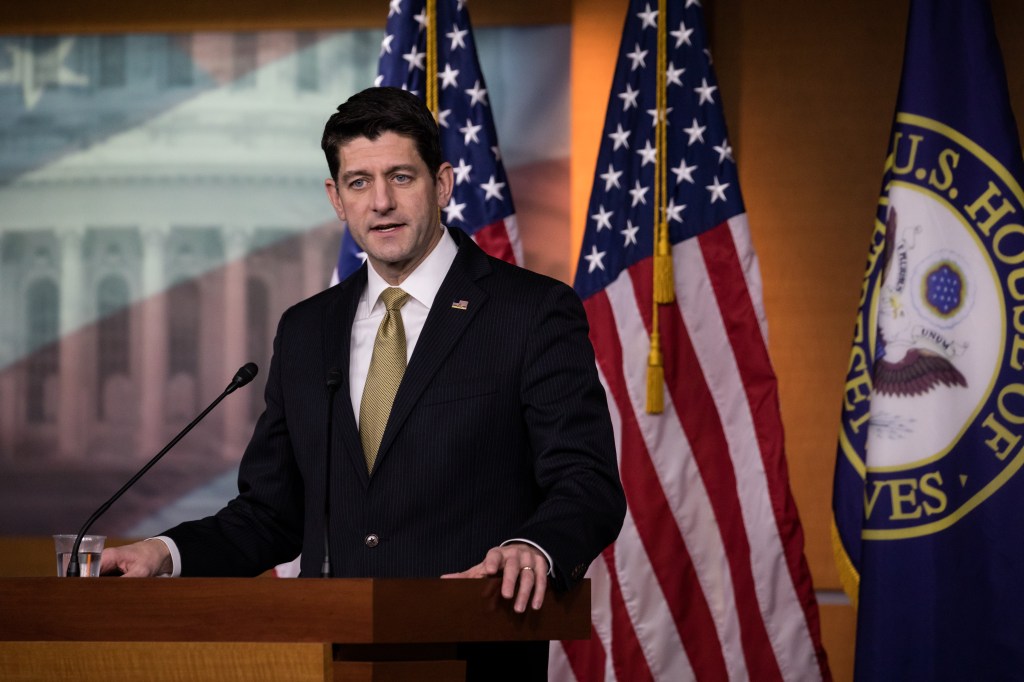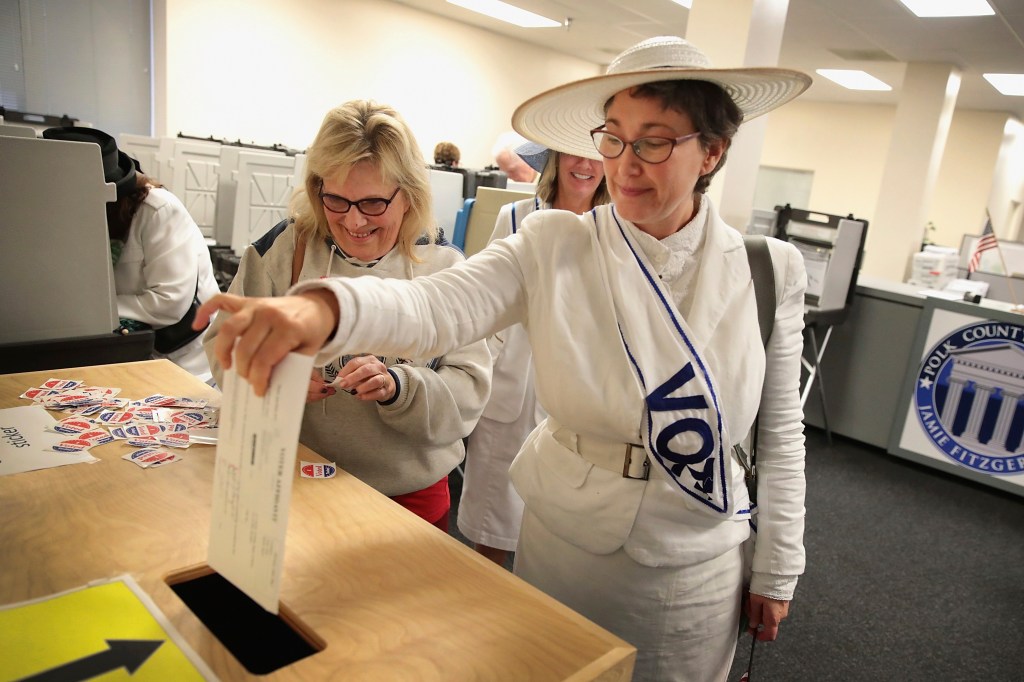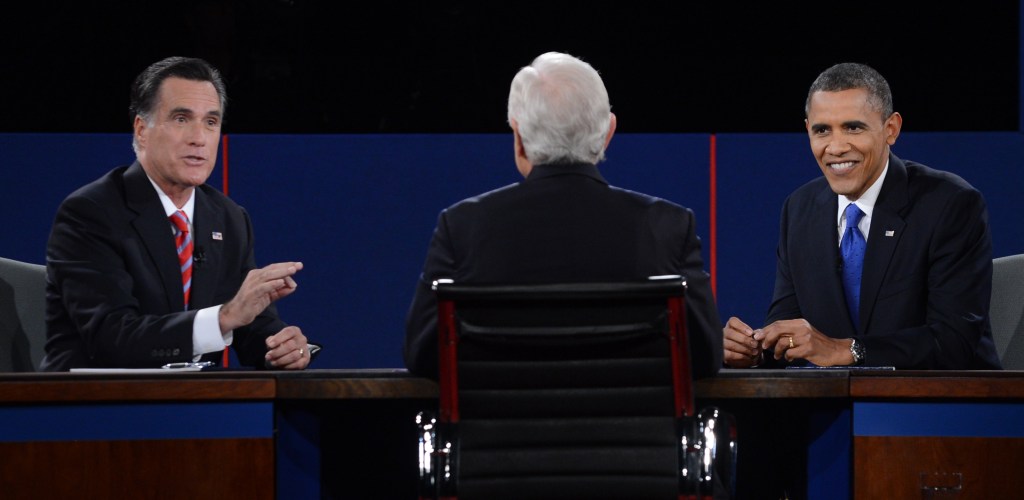A Shift in Congress

American voters turned out in unusually high numbers for the 2018 midterm elections. The result: Democrats won a majority
majority
 a number equaling more than half of a total
(noun)
Republicans currently have a majority in the Senate.
in the House of Representatives while Republicans maintained their hold on the Senate.
a number equaling more than half of a total
(noun)
Republicans currently have a majority in the Senate.
in the House of Representatives while Republicans maintained their hold on the Senate.
The power shift in Congress reflects deep divisions in the United States. President Donald Trump was not on the ballot
ballot
 SCOTT OLSON—GETTY IMAGES
a sheet of paper used to cast a vote
(noun)
She entered the voting booth to cast her ballot.
. But nearly two-thirds of voters said Trump was a reason for their vote, according to the AP. Across the country, there is sharp disagreement over the president’s character and his policies.
SCOTT OLSON—GETTY IMAGES
a sheet of paper used to cast a vote
(noun)
She entered the voting booth to cast her ballot.
. But nearly two-thirds of voters said Trump was a reason for their vote, according to the AP. Across the country, there is sharp disagreement over the president’s character and his policies.
In North Dakota, Missouri, and Indiana, Republican contenders unseated Democratic incumbents
incumbent
 SAUL LOEB/AFP/GETTY IMAGES
the current holder of an office
(noun)
In 2012, Mitt Romney ran for president against the incumbent, Barack Obama.
in the Senate. But the House race was a different story. At press time, Democrats had gained 30 seats, giving them more than the 218 needed for a majority. Women overwhelmingly supported Democrats, reshaping the face of government. For the first time in history, there will be more than 100 women in the House.
SAUL LOEB/AFP/GETTY IMAGES
the current holder of an office
(noun)
In 2012, Mitt Romney ran for president against the incumbent, Barack Obama.
in the Senate. But the House race was a different story. At press time, Democrats had gained 30 seats, giving them more than the 218 needed for a majority. Women overwhelmingly supported Democrats, reshaping the face of government. For the first time in history, there will be more than 100 women in the House.
Democrats have big plans. These include passing laws to make voting accessible to more people and enacting gun safety measures. And for the first time in Trump’s presidency, the House will act as a check on his power.
Democratic House leader Nancy Pelosi is likely to become Speaker of the House. The president will have to work out deals with her. “In all fairness, Nancy Pelosi deserves to be chosen,” Trump wrote on Twitter on November 7. “She has earned this great honor!”












